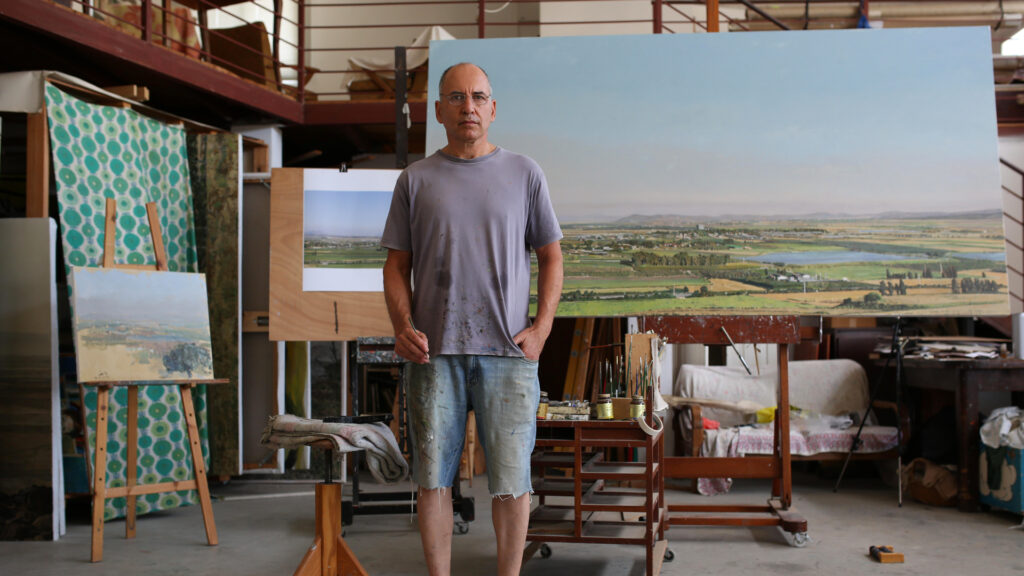Ben Shani’s contemplative documentary, A Lullaby for the Valley, is a sympathetic portrait of one of Israel’s foremost painters, Elie Shamir. Filmed over a decade, it is one of 11 Israeli movies that will be showcased by the ChaiFlicks streaming service during its Israel Independence Day Film Festival from May 4-9.
During the period under review, Shamir finished several major paintings, got married, contracted Parkinson’s disease, and was forced to give up his teaching position at the Bezalel Academy of Arts and Design in Jerusalem.
The film is set in the Jezreel Valley, or Emek Israel, a scenic green fertile plain in the northern part of the country resplendent with wheat, barley, sunflower and corn fields and replete with cattle and sheep pastures.
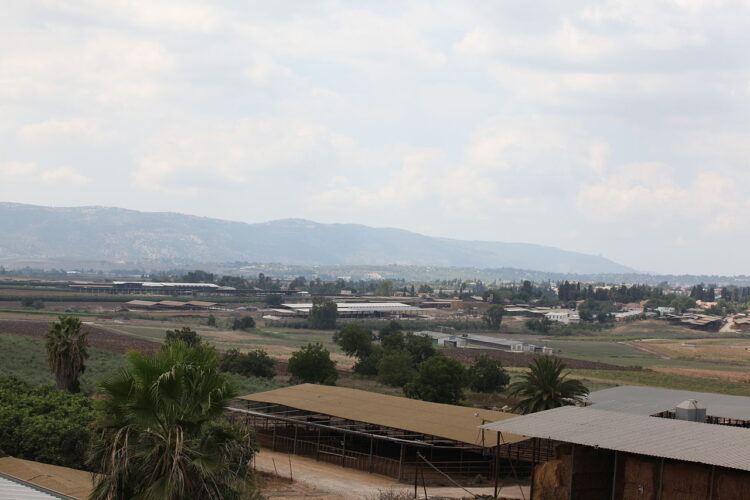
Shamir was born here, in the moshav of Kfar Yehoshua, in 1953. Like his father, he was expected to be a farmer. For a while, he devoted himself to caring for the land, but eventually he gave in to his secret desire to be an artist and enrolled at the Bezalel Academy of Arts and Design, from which he graduated in 1977. Although it must have been a formative artistic experience for him, he insists he is self-taught.
Critics initially dismissed his “naive” photographic paintings of the valley, but today his works are in demand and have been exhibited in galleries and museums in Israel and around the world.
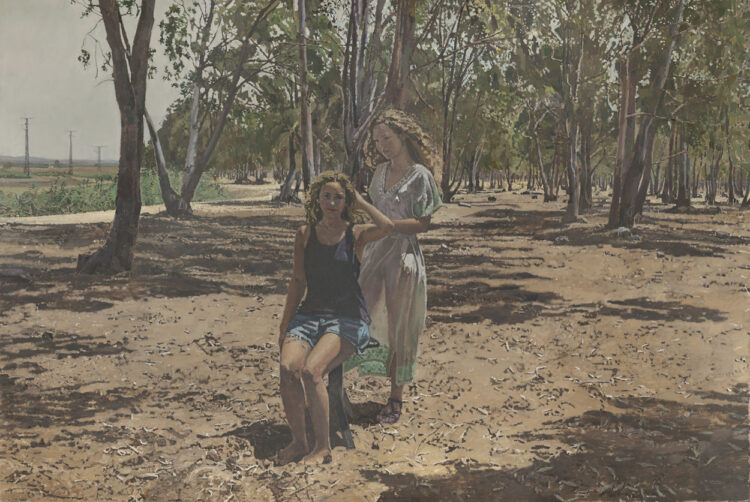
Shamir, friendly and collegial, is a lover of the valley, to which he returned in 1999 after living in Jerusalem and Boston. He lives in a detached simple cottage adjacent to a field, near a rounded mountain and close to an ancient, isolated and gnarled oak tree.
When he is diagnosed with Parkinson’s, Shamir grows despondent. He regards his neurological ailment as a sign of weakness. But he is slightly buoyed by the news from his doctor that a “cure” lies on the horizon. To strengthen his body, he increases his regimen of exercises, including cycling.
In the proceeding scenes, he announces his forthcoming marriage to a younger woman named Rina and teaches a class in drawing at Bezalel.
Returning to his psychological struggle with Parkinson’s, Shamir admits he sometimes feels like crying and letting out his anguish. “I used to dance,” he says. “I used to fly.” Shamir appears to have been an Israeli Air Force pilot in his youth, but Shani does not elaborate on this chapter of his life.
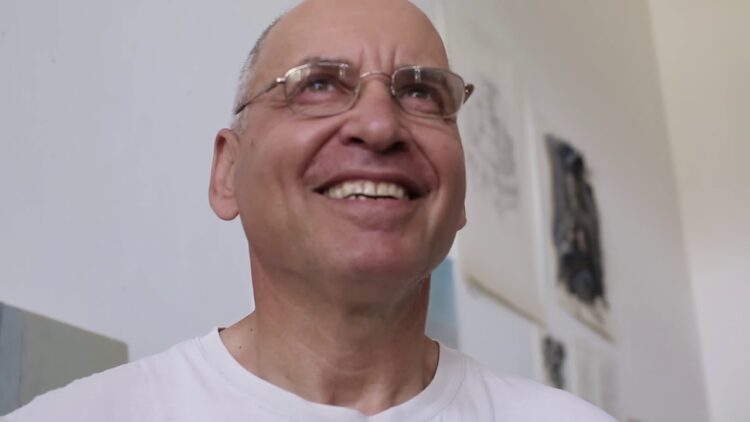
Due to Parkinson’s, Shamir has no alternative but to relinquish his job as a teacher. He can no longer put up with the long drive from the valley to Jerusalem.
Shani accompanies him to Mount Nebo in Jordan, where the biblical figure Moses once stood and surveyed Israel in the misty distance. Amid a desiccated landscape, he sets up his easel and paints, his hand slightly trembling.
Although he realizes he is in a state of gradual physical decline, he draws comfort from the certainty that Parkinson’s has not affected his desire to capacity to paint.
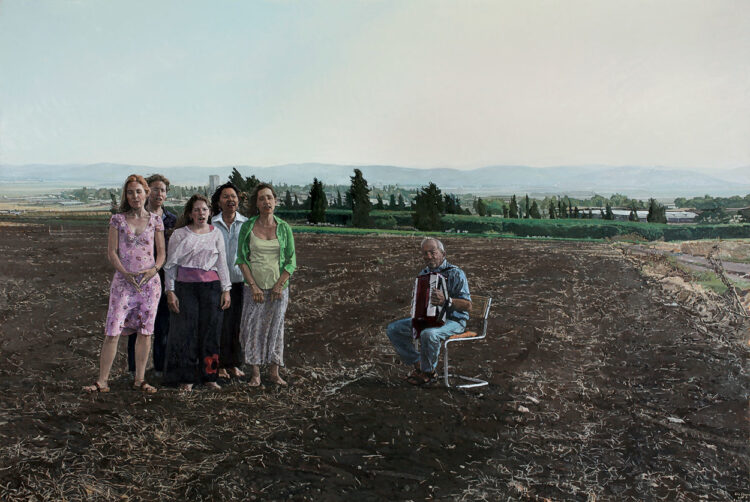
In one of the final scenes, he watches two attendants at a museum hanging his paintings on the wall for a forthcoming exhibition. He looks pleased. Parkinson’s has dealt him a grievous blow, but artistically speaking, Shamir is still standing strong.
For further information about the festival, click on www.JewishFilmFests.com.
